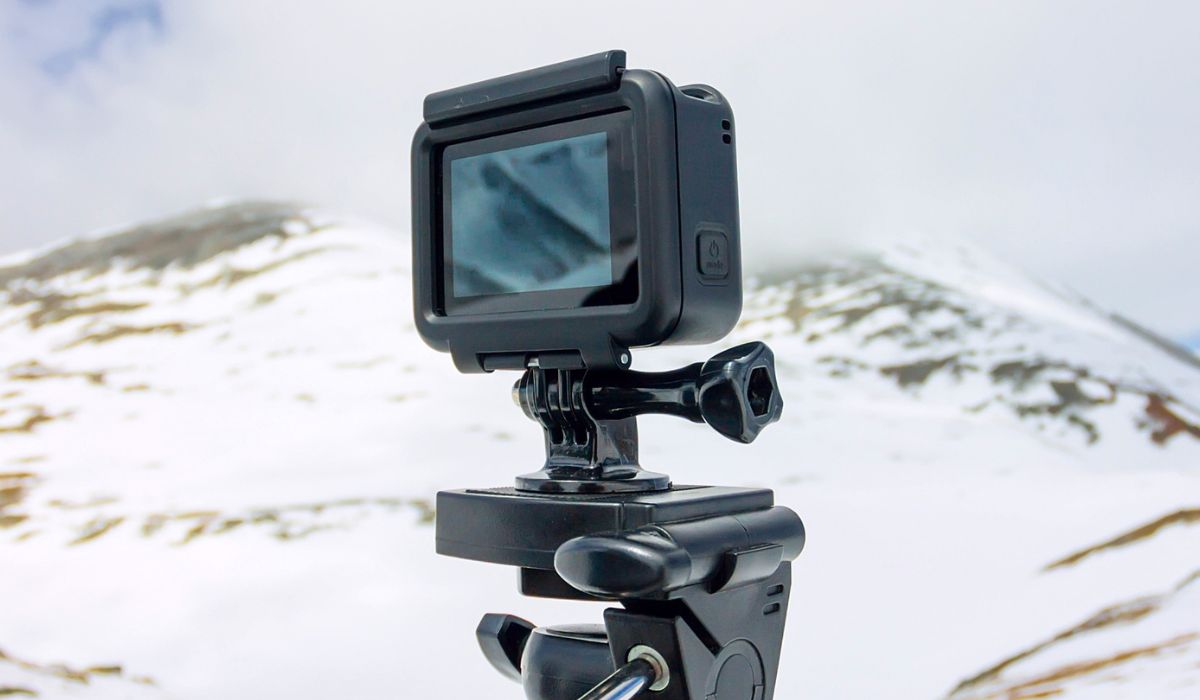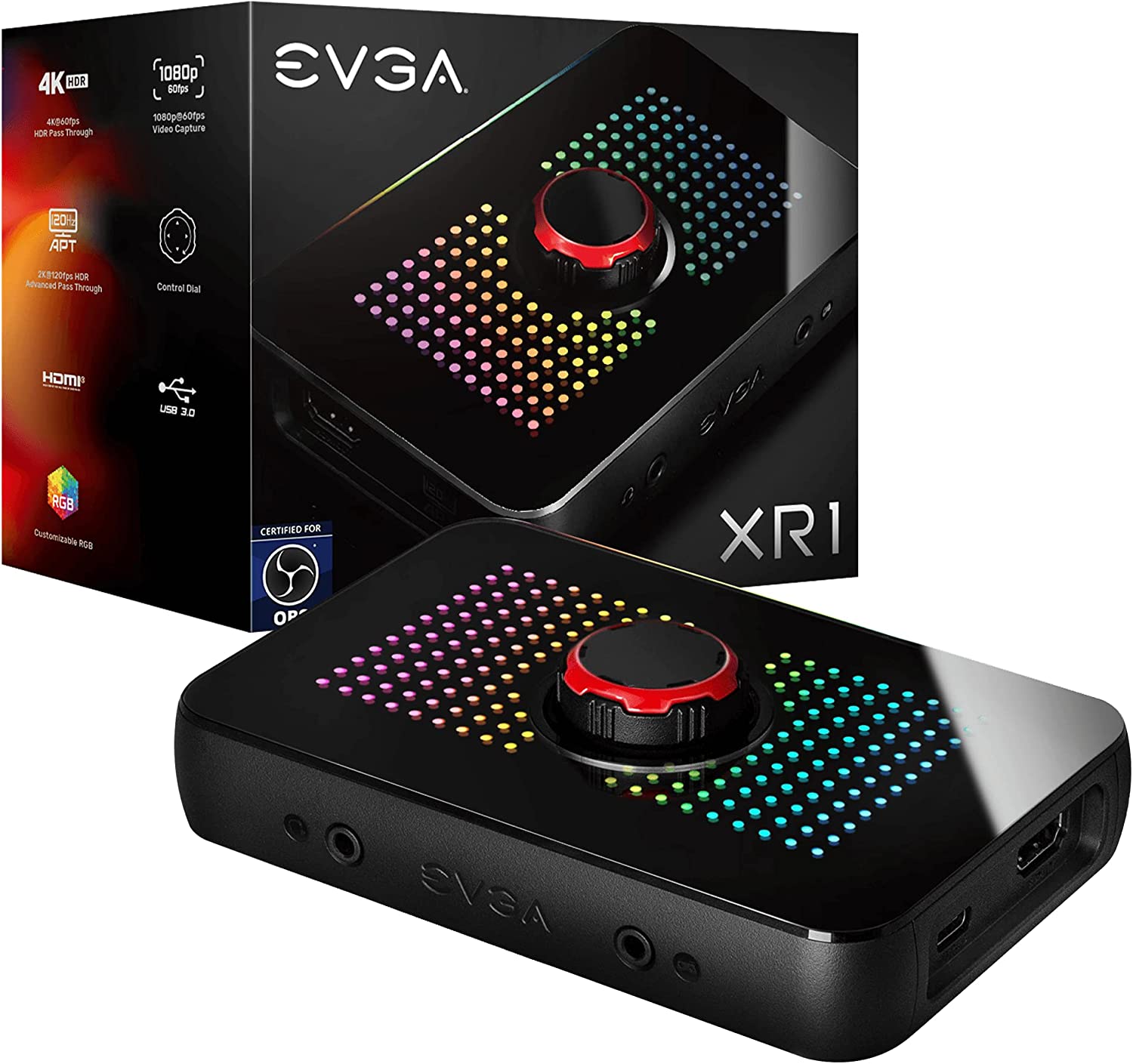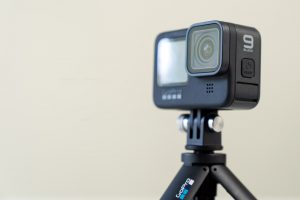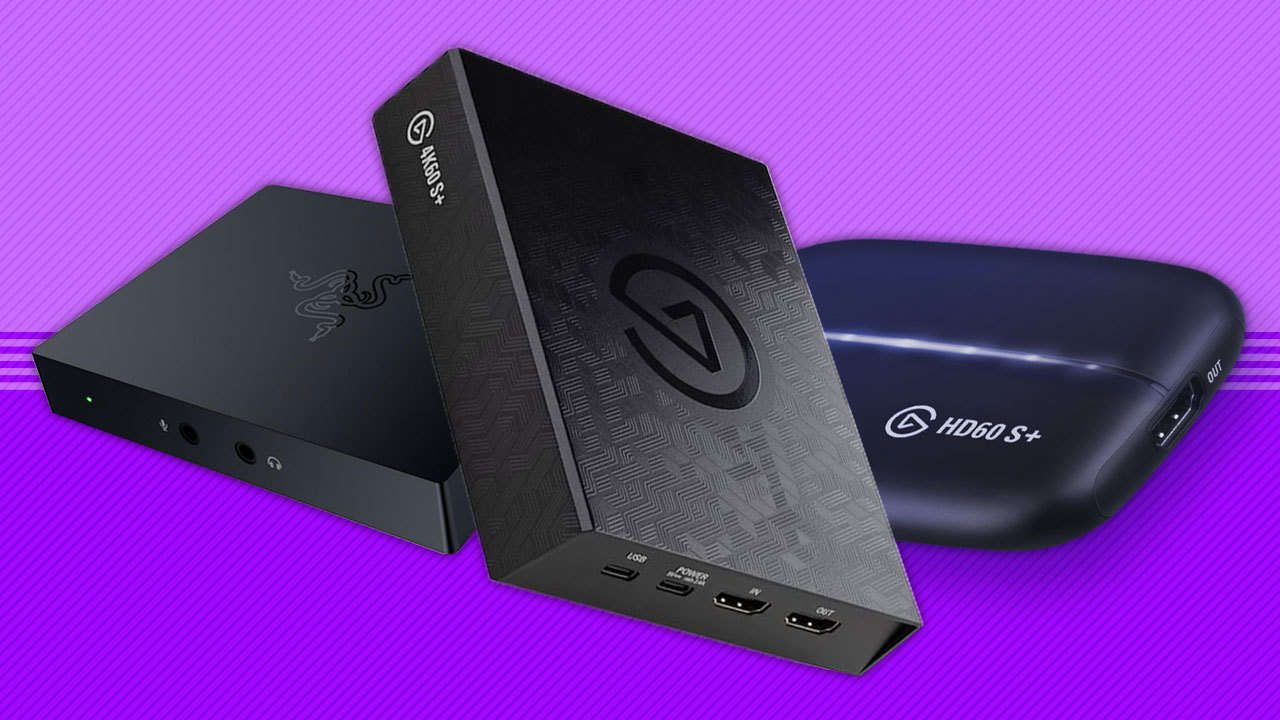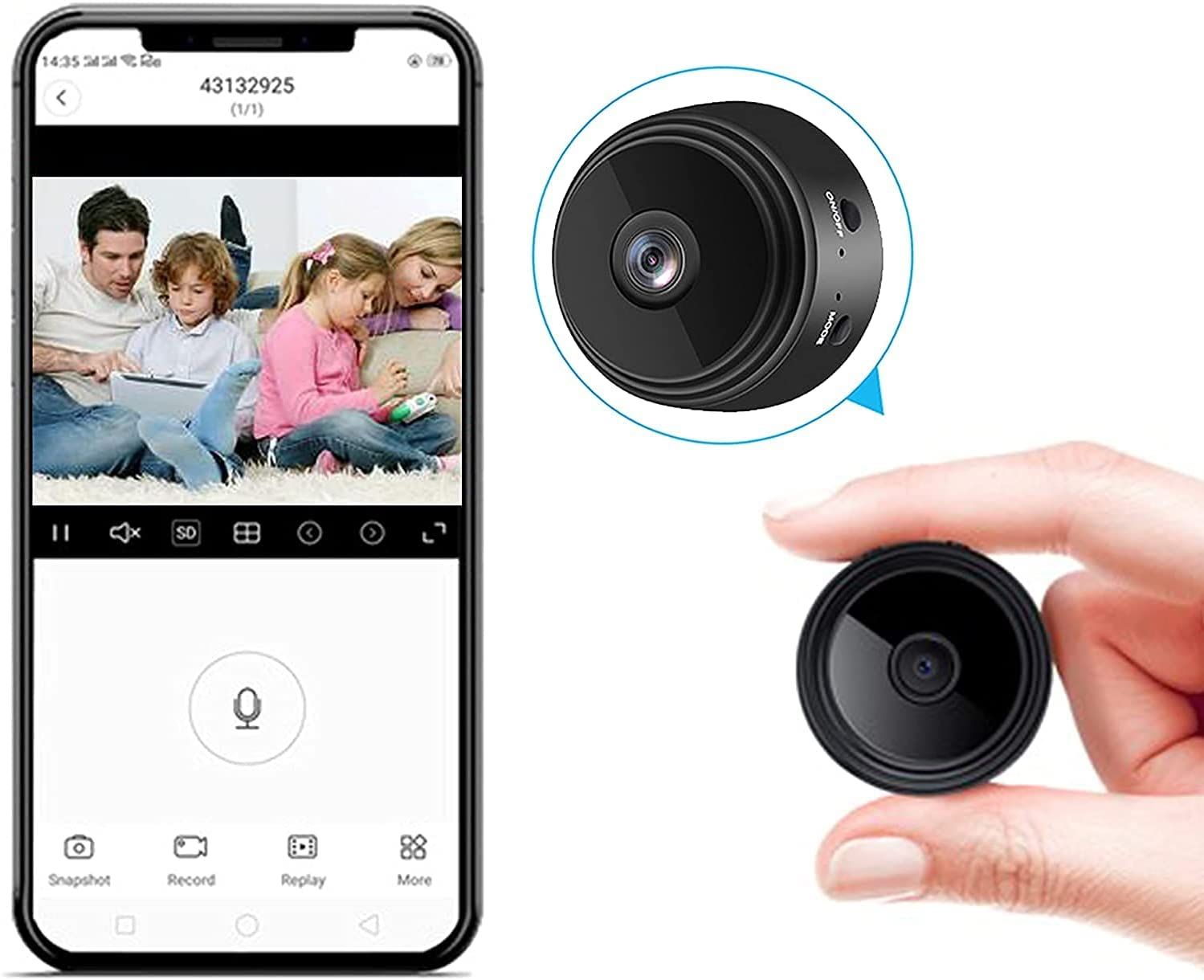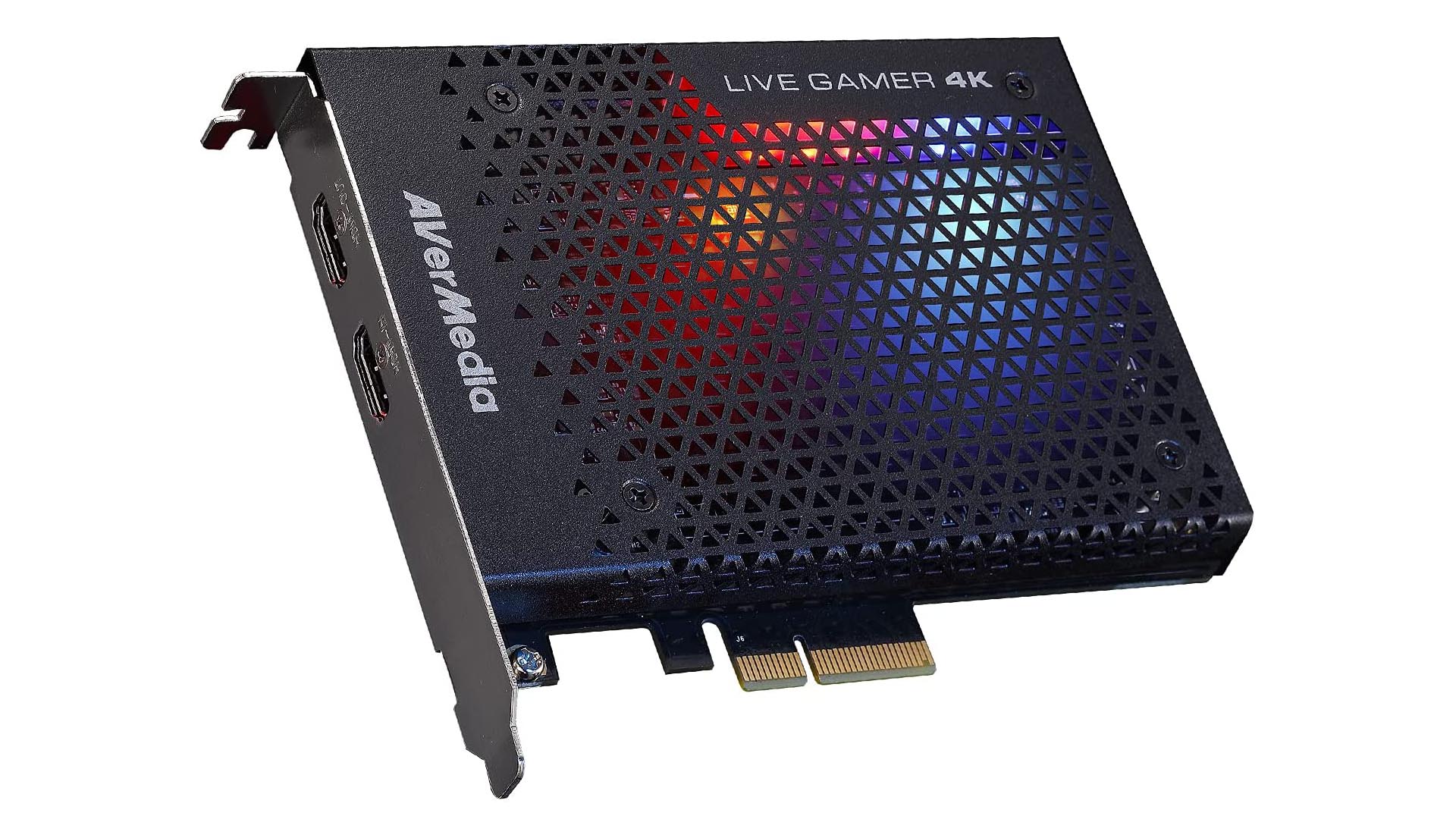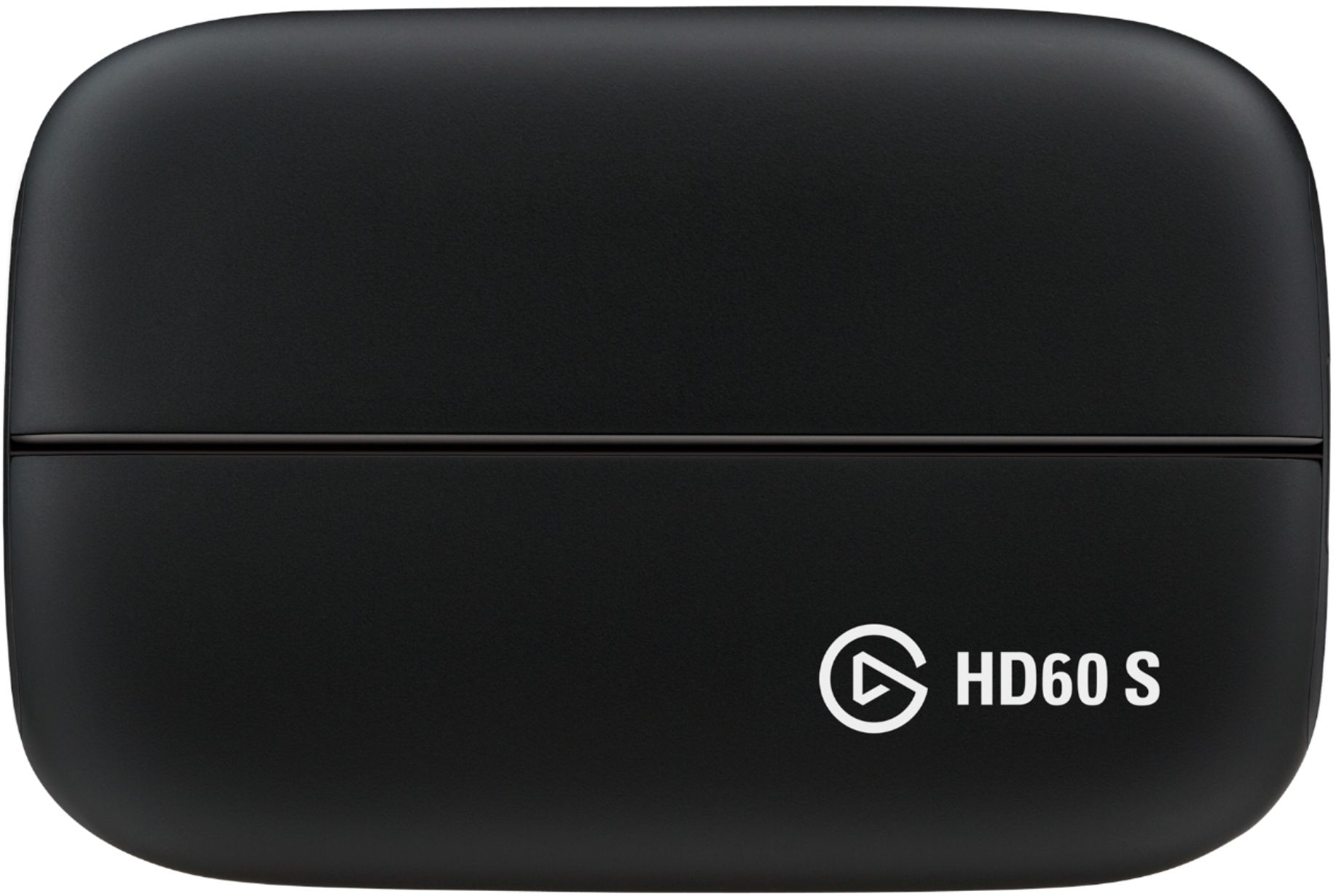Introduction
Action cameras have revolutionized the way we capture and share our adventures, allowing us to relive exhilarating moments and stunning landscapes. These compact devices are packed with features designed to enhance the user experience, and one such feature is loop recording. In this article, we will delve into the intricacies of loop recording in action cameras, exploring its functionality, benefits, drawbacks, and tips for optimal usage.
Loop recording is a valuable feature that ensures continuous recording without the need to manually manage storage space. It is particularly beneficial for capturing lengthy activities, such as road trips, outdoor sports, and extended adventures, where uninterrupted footage is crucial. Understanding how loop recording works and its implications for action camera users is essential for maximizing its utility and leveraging its advantages.
In the following sections, we will unravel the concept of loop recording, elucidate its operation in action cameras, and dissect its pros and cons. Additionally, we will provide practical tips for effectively utilizing loop recording to capture seamless and comprehensive footage. Whether you are a seasoned action camera enthusiast or a novice adventurer embarking on your first escapade, this article will equip you with the knowledge and insights to harness the power of loop recording in your action camera endeavors.
What Is Loop Recording?
Loop recording is a feature commonly found in action cameras, designed to facilitate continuous video recording by overwriting old footage with new content. When the storage capacity of the camera’s memory card is reached, loop recording automatically replaces the oldest files with the latest recordings, ensuring that the camera can continue capturing footage without interruption. This functionality is particularly advantageous for users who engage in activities requiring extended recording times, such as road trips, outdoor sports, and surveillance applications.
Essentially, loop recording enables users to maintain a rolling record of their experiences without the need for manual intervention to clear storage space. This ensures that crucial moments are not missed due to memory card limitations. As a result, loop recording offers peace of mind and convenience, allowing users to focus on their activities without the distraction of managing storage capacity.
Furthermore, loop recording is a versatile feature that can be customized to suit individual preferences. Users can typically adjust the duration of each recording loop, ranging from a few minutes to several hours, depending on their specific requirements. This flexibility empowers users to tailor the loop recording function to align with the duration of their activities and the desired granularity of their footage.
By understanding the fundamental concept of loop recording and its role in ensuring continuous video capture, action camera enthusiasts can make informed decisions regarding its utilization and leverage its benefits to enhance their recording experiences. In the subsequent sections, we will delve deeper into the operational mechanics of loop recording in action cameras and explore its implications for users.
How Does Loop Recording Work in Action Cameras?
Loop recording operates on a simple yet effective principle, ensuring that action cameras can continuously record footage without the risk of storage capacity being exhausted. When the camera’s memory card reaches its storage limit, the oldest recorded segments are automatically overwritten by the newest recordings, creating a seamless cycle of video capture. This process eliminates the need for manual intervention to clear storage space, allowing users to focus on their activities without interruptions.
Typically, users have the flexibility to define the duration of each recording loop based on their preferences and the nature of their activities. For instance, in a surveillance application, shorter recording loops may be preferred to ensure frequent updates, while in a road trip scenario, longer loops may be more suitable to capture extended stretches of the journey. This customization empowers users to tailor the loop recording function to align with their specific recording needs.
Moreover, action cameras equipped with loop recording often feature a seamless transition between recording loops, ensuring that there are no gaps or discontinuities in the captured footage. This seamless integration of successive recording segments contributes to the overall cohesiveness and fluidity of the recorded content, preserving the continuity of the user’s experiences.
From a technical standpoint, loop recording optimizes the utilization of available storage space, as it eliminates the accumulation of redundant or obsolete footage. By overwriting older recordings with new content, loop recording ensures that the camera’s memory card remains efficiently utilized, maximizing the potential for continuous recording without the risk of storage depletion.
Understanding the operational intricacies of loop recording in action cameras empowers users to make informed decisions regarding its configuration and utilization. In the subsequent sections, we will explore the benefits and drawbacks of loop recording, shedding light on its implications for action camera enthusiasts.
Benefits of Loop Recording
Loop recording in action cameras offers a myriad of advantages that cater to the diverse needs of users engaged in various activities. Understanding these benefits is essential for harnessing the full potential of loop recording and optimizing its utility in action camera applications.
- Continuous Recording: Loop recording ensures uninterrupted video capture, making it ideal for activities that demand extended recording times, such as road trips, outdoor sports, and surveillance. Users can rely on the camera to maintain a rolling record of their experiences without the need for manual intervention to manage storage space.
- Efficient Storage Management: By overwriting old recordings with new content, loop recording optimizes the utilization of the camera’s memory card, eliminating the accumulation of redundant or obsolete footage. This efficient storage management maximizes the potential for continuous recording without the risk of storage depletion.
- Seamless Transition: Action cameras equipped with loop recording feature seamless transitions between recording loops, ensuring that there are no gaps or discontinuities in the captured footage. This contributes to the overall cohesiveness and fluidity of the recorded content, preserving the continuity of the user’s experiences.
- Customizable Recording Duration: Users have the flexibility to define the duration of each recording loop based on their preferences and the nature of their activities. This customization empowers users to tailor the loop recording function to align with their specific recording needs, ensuring optimal granularity and coverage.
- Peace of Mind and Convenience: Loop recording offers peace of mind and convenience, allowing users to focus on their activities without the distraction of managing storage capacity. This hands-free approach to recording enhances the user experience and minimizes the risk of missing crucial moments due to memory card limitations.
These benefits collectively underscore the significance of loop recording in action cameras, positioning it as a valuable feature that enhances the recording experience for users across diverse domains of application. In the subsequent section, we will explore the drawbacks of loop recording, providing a comprehensive perspective on its implications for action camera enthusiasts.
Drawbacks of Loop Recording
While loop recording in action cameras offers compelling benefits, it is essential to acknowledge its drawbacks to gain a comprehensive understanding of its implications for users. By recognizing these limitations, action camera enthusiasts can make informed decisions regarding the utilization of loop recording and mitigate potential challenges associated with this feature.
- Potential Loss of Unsaved Footage: In scenarios where an unexpected or significant event occurs, loop recording may result in the loss of unsaved footage if the camera’s storage is continuously overwritten. This limitation underscores the importance of promptly saving critical segments to prevent their inadvertent deletion.
- File Fragmentation: Over time, loop recording may lead to file fragmentation, making it challenging to locate and organize specific segments of recorded footage. This fragmentation can impede the seamless management and retrieval of desired recordings, requiring users to invest additional effort in organizing their files.
- Continuous Overwriting: The automated nature of loop recording involves continuous overwriting of old recordings with new content, potentially leading to the loss of valuable footage if not promptly reviewed and saved. Users must exercise vigilance in managing their recordings to prevent the inadvertent loss of significant moments.
- Memory Card Wear: The frequent read-write cycles associated with loop recording can contribute to accelerated wear and tear on the camera’s memory card, potentially impacting its longevity. Users should consider employing high-quality, durable memory cards to mitigate the effects of prolonged usage.
- Storage Space Management: While loop recording optimizes storage utilization, users must actively manage their memory card capacity to prevent the inadvertent loss of crucial footage. This necessitates periodic review and archival of important recordings to ensure their preservation.
By acknowledging these drawbacks, action camera users can proactively address potential challenges associated with loop recording, implementing strategies to mitigate the risks and optimize the benefits of this feature. In the following section, we will provide practical tips for effectively utilizing loop recording in action cameras, empowering users to leverage its advantages while mitigating its limitations.
Tips for Using Loop Recording in Action Cameras
Effectively utilizing loop recording in action cameras requires a strategic approach to maximize its benefits while mitigating potential drawbacks. By implementing the following tips, users can optimize their recording experiences and leverage the full potential of loop recording in diverse scenarios:
- Set Appropriate Loop Duration: Tailor the duration of each recording loop to align with the nature of your activities. Shorter loops may be suitable for surveillance applications, while longer loops are ideal for capturing extended adventures or road trips.
- Regularly Review and Save Important Footage: Periodically review your recorded content and promptly save crucial segments to prevent their inadvertent loss due to continuous overwriting. This proactive approach ensures the preservation of significant moments.
- Organize Recorded Footage: Implement a systematic approach to organizing your recorded footage to mitigate file fragmentation. Utilize descriptive file naming or categorization to facilitate efficient management and retrieval of specific segments.
- Invest in High-Quality Memory Cards: Select durable, high-capacity memory cards designed for continuous recording to minimize the impact of memory card wear. Quality memory cards contribute to the longevity and reliability of the recording process.
- Monitor Storage Capacity: Stay vigilant about the available storage space on your memory card and proactively manage its capacity to prevent the loss of crucial footage. Regularly transfer and archive important recordings to free up space for new content.
- Utilize Loop Recording for Continuous Coverage: Leverage loop recording to ensure continuous coverage of your activities without the need for manual intervention. This hands-free approach enables seamless recording, particularly during extended adventures or surveillance operations.
By implementing these tips, action camera enthusiasts can harness the power of loop recording to capture seamless and comprehensive footage while effectively managing potential challenges associated with this feature. These strategies empower users to optimize their recording experiences and extract maximum value from loop recording in diverse applications.
Conclusion
Loop recording stands as a pivotal feature in action cameras, offering users a seamless and efficient method of capturing continuous footage without the burden of manual storage management. Its benefits, including uninterrupted recording, efficient storage utilization, and customizable loop durations, cater to a diverse range of activities, from outdoor adventures to surveillance applications. However, it is crucial to acknowledge the potential drawbacks associated with loop recording, such as the risk of losing unsaved footage and the impact on memory card wear.
By understanding the operational mechanics and implications of loop recording, users can leverage its advantages while proactively addressing its limitations. Implementing strategic tips, such as regular review and organization of recorded footage, selecting high-quality memory cards, and monitoring storage capacity, empowers users to optimize their recording experiences and mitigate potential challenges.
Ultimately, loop recording enriches the user experience by ensuring continuous coverage of activities and events, preserving valuable moments without the need for manual intervention. As action camera enthusiasts continue to explore and document their adventures, the integration of loop recording serves as a valuable tool for capturing seamless and comprehensive footage, enhancing the storytelling and preservation of memorable experiences.
By embracing the tips and insights presented in this article, users can harness the full potential of loop recording in action cameras, elevating their recording experiences and unlocking new possibilities for seamless and uninterrupted storytelling through captivating visual content.







